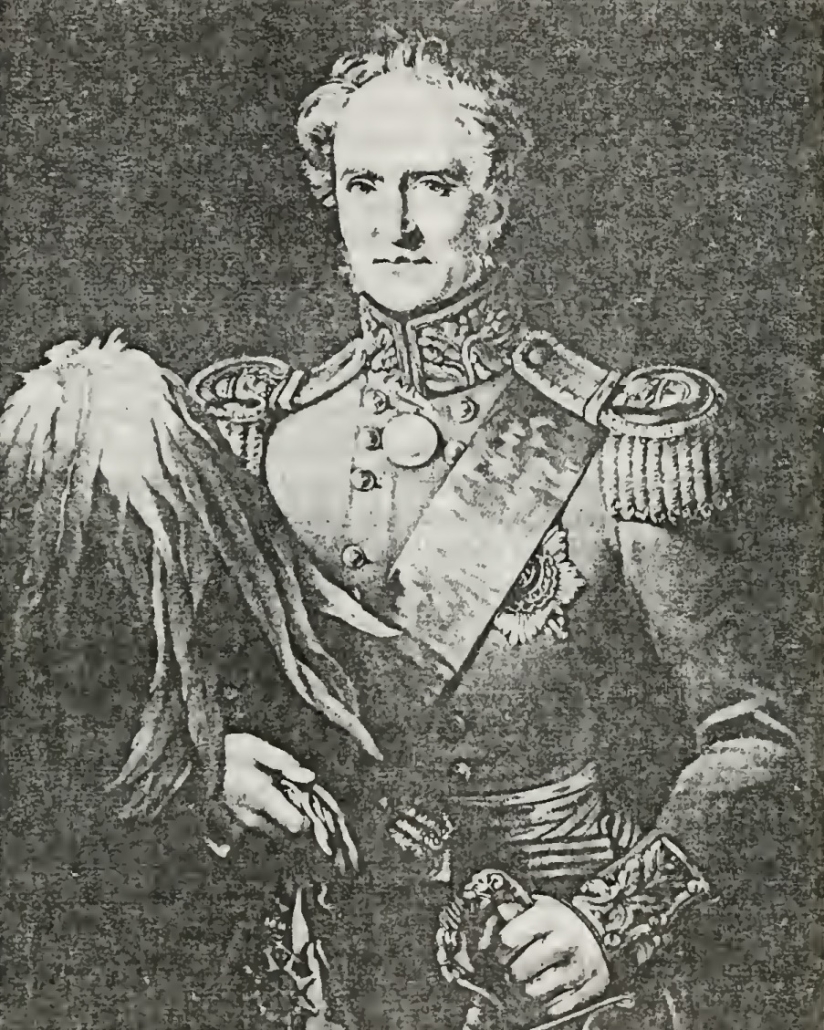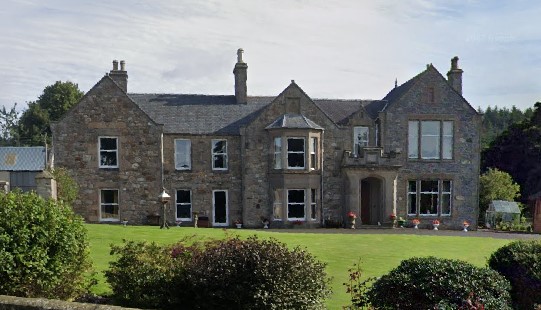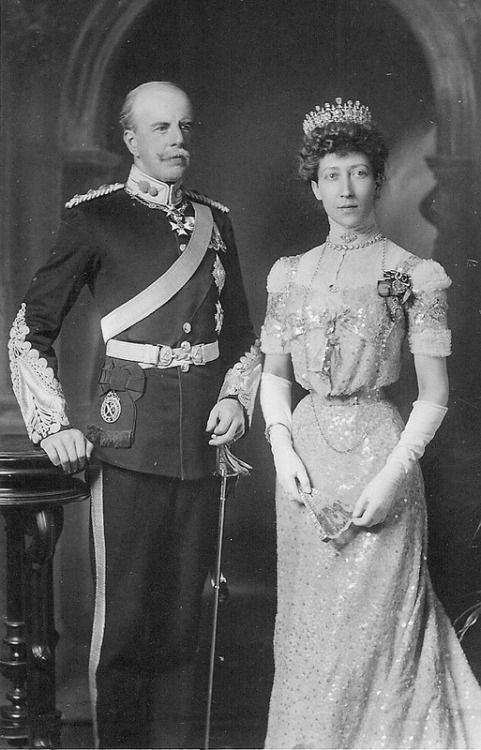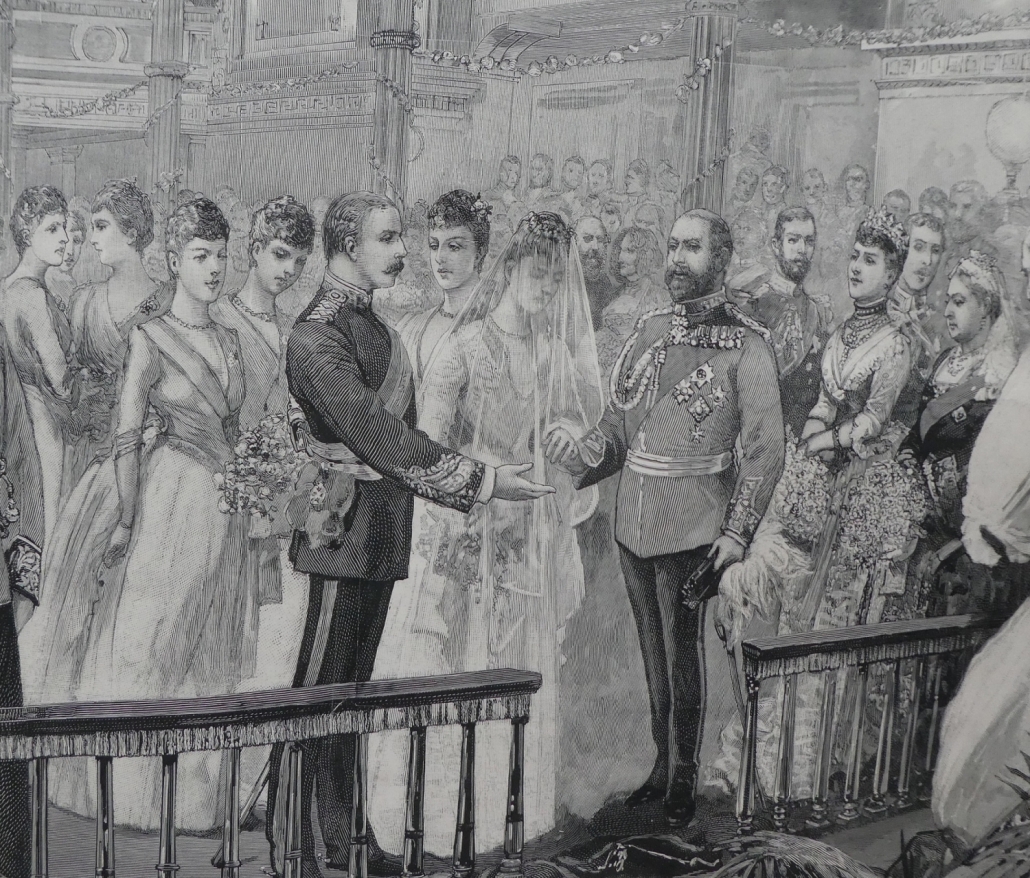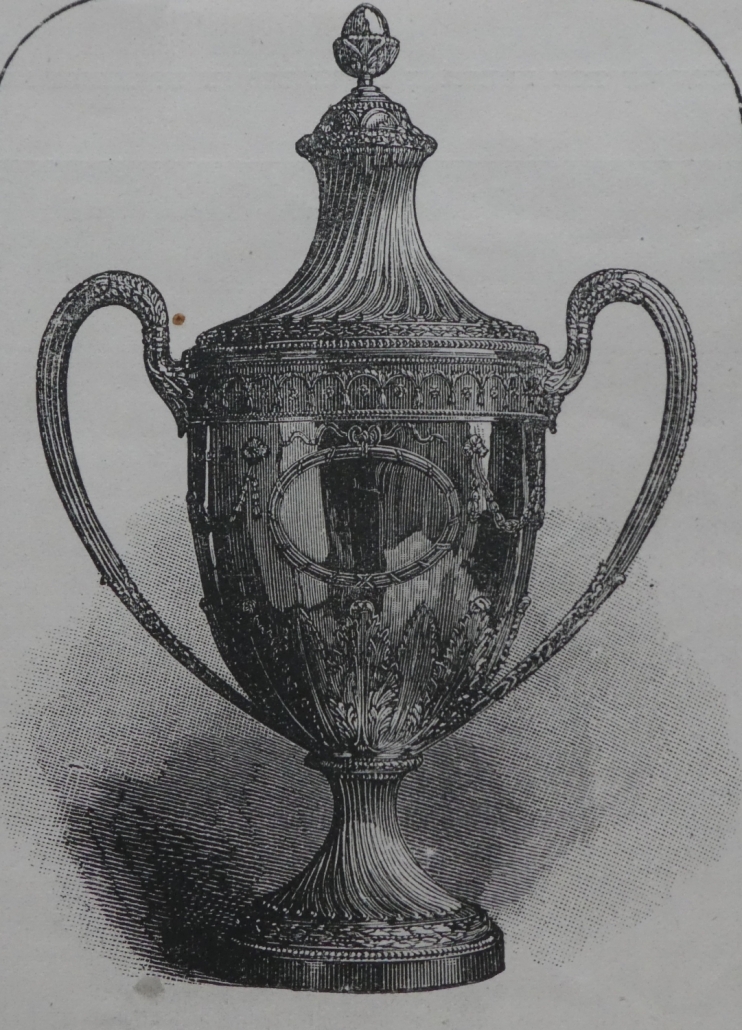Since the early 1800’s the Duff family have had a connection with Argentina, and specifically since 1824 so has the town of Banff, through giving the Freedom of the Town to José de San Martin, a friend of the 4th Earl Fife. While José visited James in Banff, James never travelled to Argentina. As far as can be found the first Duff to visit Argentina was James’ brother, Alexander Duff in 1807. Alexander was brought up in Banff, and currently rests, with his wife, in the Duff House Mausoleum.
Alexander, born 1777, was the second son of the 3rd Earl Fife, and as was quite common, as a second son his career was probably always destined for the army. The 2nd Earl brought both brothers – his nephews – to Banff for their initial education (see also “Duff House’s Own Local Hero”), firstly at Duff House, but then with Dr Chapman at Inchdrewer.

In May 1793 Alexander joined the Army as an Ensign at the age of sixteen, joining the 65th Berkshire Regiment at Gibraltar. In 1794 he was promoted to Lieutenant and the next year to Captain in the 88th Regiment (the Connaught Rangers). With the 88th he served in Flanders and in 1798 was promoted to Lieutenant-Colonel at just 21 years old. He served in the East Indies and Egypt, taking part in the capture of Alexandria. In 1806 he was part of the force that took control of Montevideo as part of the British aim to gain a part of the riches in South America, by wresting some areas from the Spanish. In 1807 he was commanding one of three columns which landed in Buenos Aires, but due to the poor tactics of General Whitelocke, later court-martialled due to his incompetence, he surrendered before reaching his objective of reaching the Great Square. No censure was placed on Alexander, and he was promoted full Colonel, then Major General in 1811.
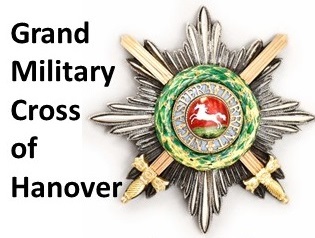
He was clearly a capable and well-liked officer as reported in several accounts. In 1821 he was promoted to Lieutenant-General, and full General in 1839. He was awarded the Grand Cross of the Order of Hanover in 1833 – the same as his older brother James 4th Earl Fife had received in 1827. King William IV knighted Alexander in 1834.

General Sir Alexander became the local Member of Parliament from 1826 to 1831 continuing the family practice, although his first attempt in 1820 failed by one vote, and nearly resulted in civil insurrection between the Duff and Grant supporters in the town of Elgin – fortunately defused by Lady Anne Seafield (on the Grant side) by sending her 700 clansmen back to the Highlands.
Alexander’s home was Delgaty Castle, part of the family estate at the time. In 1812 he married Anne Stein, and had five children. The oldest died at just a few months old, but James, born 1814, became 5th Earl Fife when Alexander’s brother, James 4th Earl, passed in 1859. Their fifth child, born 1824, they named Louisa Tollemache – an unusual Christian name; whether this was in memory of her uncle’s late wife’s family, the Tollemache’s of Helmingham in Suffolk, has not been confirmed (James 4th Earl had married Mary Manners, the daughter of Lady Louisa Tollemache and John Manners, who died in 1805 – see “Duff House’s Own Local Hero”).
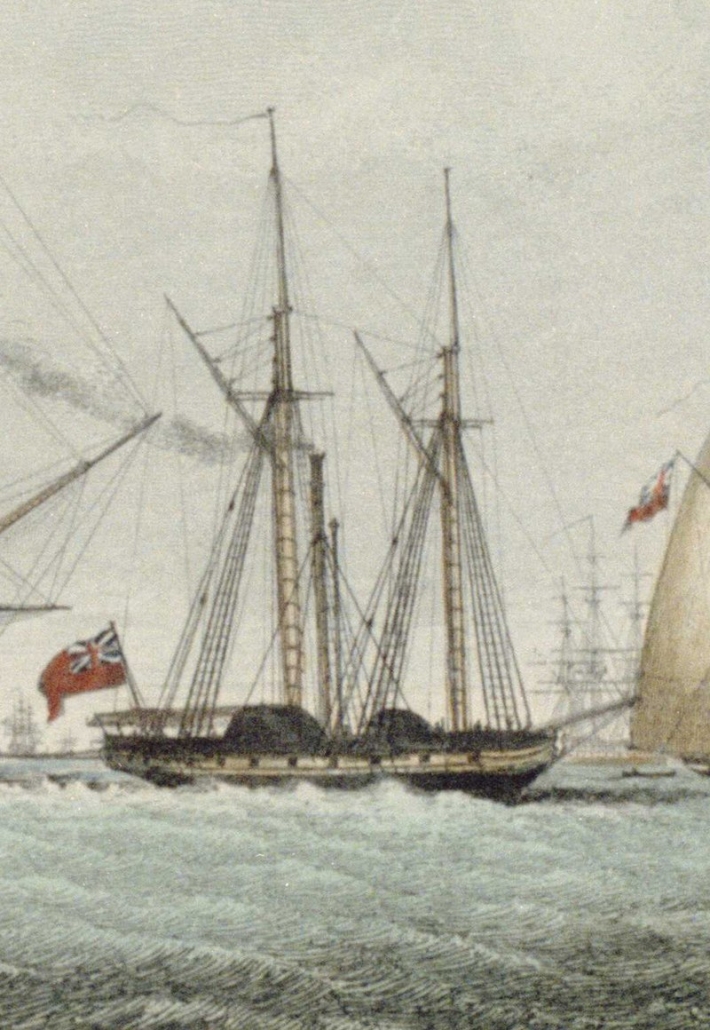
In 1851 Alexander passed away in London, but his body was transported to Banff on HMS Lightning to be interred in the Duff House Mausoleum; Anne, his wife, was also interred there 8 years later.
For interest, the HMS Lightning was one of the first steam warships in the Royal Navy, 126 foot long, driven by side paddles, launched in 1823 and in service until the late 1860’s. She must have been quite a sight coming into Banff Bay. There is a detailed model of her is in the Royal Museums Greenwich.

